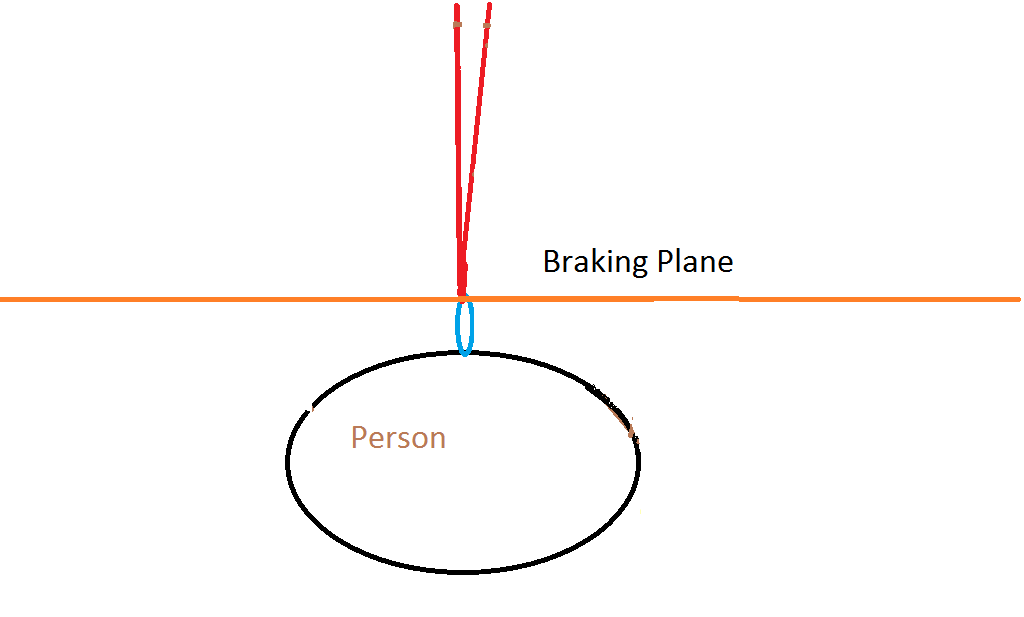This blog has a discussion of the slip-slap-slide and PBUS techniques for taking in rope when belaying. Here is a video demonstrating PBUS. Slip-slap-slide is illustrated on p. 161 of Freedom of the Hills, 8th ed. I use PBUS, and as the blog discusses, it's becoming almost universal now to teach beginners PBUS. 95% of the people I climb with use it.
This can create some issues if I'm climbing with someone who uses slip-slap-slide, because I have a hard time telling if they're doing it properly. If they're experienced, that's fine, but sometimes I'm climbing with people who seem like beginners, and I want to be able to detect whether they're doing slip-slap-slide wrong.
(1) Can anyone point us to an online video that shows a correct slip-slap-slide belay? Searching on those keywords on youtube didn't quickly turn up anything for me.
(2) Can anyone describe any common mistakes that beginners make with slip-slap-slide? One thing I'm not clear on from the diagram in FotH (which is an overhead view) is during which parts of the cycle the brake hand is up in the air rather than down by the leg.





